With an unprecedented $12bn investment in new air transport infrastructure, and 500 million passengers expected by 2030, India has a unique opportunity to build a modern, sustainable ecosystem that is the world's envy.
By leveraging emerging technologies, including biometric-focused projects like the Digi Yatra initiative, across 145 existing and 70 new airports by 2025, India has shown commitment to using smart technologies to increase efficiencies for airports and airlines and to streamline the passenger journey, which will be vital to ensuring strong and sustainable growth.
Technology will be the defining factor for the air transport industry going forward. India has been the front-runner in the adoption of advanced technology, which will be essential to address operational challenges to meet this new demand. But with rising passenger volumes and rapid industry growth comes a significant risk of operational turmoil leading to congested airports, flight delays, and cancellations. The industry must now become laser-focused on operational efficiency, agility, and delivering a modern, seamless passenger experience.
Embracing digital travel
The passenger experience will be at the center of this infrastructure investment. India is transforming air travel as we speak to deliver a seamless and hassle-free experience. The country has already embarked on Digi Yatra. This biometric-focused initiative uses facial recognition at airports to provide a digital-first, contactless passenger experience.
SITA is contributing to Digi Yatra's success with tech expertise and unique air transport experience. In collaboration with NEC and Airports Authority of India (AAI), SITA successfully launched India's first biometric boarding experience with passengers flying with low-cost airline IndiGo out of Varanasi Airport (VNS).
Since then, Bangalore International Airport Limited (BIAL) has partnered with SITA to implement a state-of-the-art biometric solution, Smart Path, for a seamless passenger experience at Terminal 2 at over 280 touchpoints. The project is fully compliant with the Indian Government's Digi Yatra initiative and is operational now, with more touchpoints expected to go live in the third quarter of 2023.
The biometric enablement is aligned with the airport and Ministry of Civil Aviation's strategy, resulting in faster passenger processing and smooth passenger experience at various touchpoints, especially check-in counters and self-service.
With the proliferation of biometrics used for everyday activities like banking, app downloads, and consumer purchases, passengers increasingly expect their phone to become their remote control for travel and their face to act as their boarding pass. It's critical that these solutions are considered with privacy by design and tested methodically to ensure passengers benefit from the technology's massive potential to streamline the journey, thereby improving efficiency for airports and airlines.
Cloud services for agility and scale
To prepare for the impending influx of passengers, Indian airports are transitioning to SITA's agile cloud-based passenger processing systems.
In the past, airports had to invest in on-premises infrastructure to benefit from common-use platforms for passenger processing. In its simplest form, "common use" allows airlines at the airport to share workstations (computers, printers, scanners) at check-in and boarding gate counters.
Now, thanks to cloud computing, airports no longer need to find space to operate and maintain a "core room" full of hardware. The light approach saves airports the cost of servers and other equipment without compromising security or functionality, while also helping airports towards their sustainability goals. Furthermore, airports and airlines can scale their services on demand as workloads shift with fluctuating passenger volumes. And they only pay for what they use.
In July 2023, SITA announced a landmark deal with Airports Authority of India to support one of the biggest growth markets globally, providing technology to 43 of India's biggest airports.
The deal will see improvements over 2,700 passenger touchpoints, signifying the largest cloud deployment for passer processing globally and paving the way for the adoption of new-age solutions to meet the modern passenger's expectations. Initially deployed across 43 airports, the technologies are scalable to an additional 40 airports over the next seven years.
The rollout of new cloud technology will enable Indian airports to shift to common use passenger experiences where multiple airlines can leverage the same infrastructure, such as check in counters, self-service kiosks, and boarding gates. Moreover, it helps future-proof operations and provides scalable platforms for future innovation.
Mitigating post-pandemic recovery issues seen in Europe and North America
With more passengers comes greater risk of operational challenges. We've seen the headlines from major markets like Europe and the US featuring mountains of bags, congested airports, and delays and cancellations. Preliminary findings from the 2023 SITA Passenger IT Insights revealed that 32% of passengers cited anxiety around flight cancellations when booking their next flight. Nearly 2 out of 10 passengers surveyed cited concerns around congestion in the airport and pointed to high airfares. This was fueled by past experience, where 56% of respondents said they had experienced delays or cancellations, and 48% long airport queues.
Cloud services combined with powerful airport management systems can help ensure reliable flight information and planning capabilities. The systems can empower the airport to review performance, strategize operational efficiency improvements, and capture resource utilization statistics.
Ensuring all new airports are equipped with highly customized solutions that offer flexibility and transparency for all airport partners will support smooth and efficient operations.
Airport management systems establish a platform for collaborative decision making which is vital for achieving operational efficiencies, something that will become increasingly important over the next five years with expected passenger growth.
Baggage is another key pain point for many developed air transport markets. The SITA 2023 Baggage IT Insights report revealed spiraling issues around mishandled baggage. Airlines and airports are struggling to meet the increased demand.
Baggage reconciliation systems ensure a high level of baggage accountability, preventing losses and security concerns, which is critical to industry recovery. Customers who've implemented SITA Bag Manager report a 20% reduction in the number of bags mishandled.
The technology is advancing in tandem with the industry's growth, and we see new innovative solutions being developed to both avoid mishandling and recover mishandled bags more efficiently.
Focusing on delivering digital travel and a seamless passenger experience, maximizing operational efficiency, and future-proofing operations with smart, agile cloud solutions, India has a unique opportunity to lead the way with truly world-class infrastructure. SITA is happy to be part of the journey.



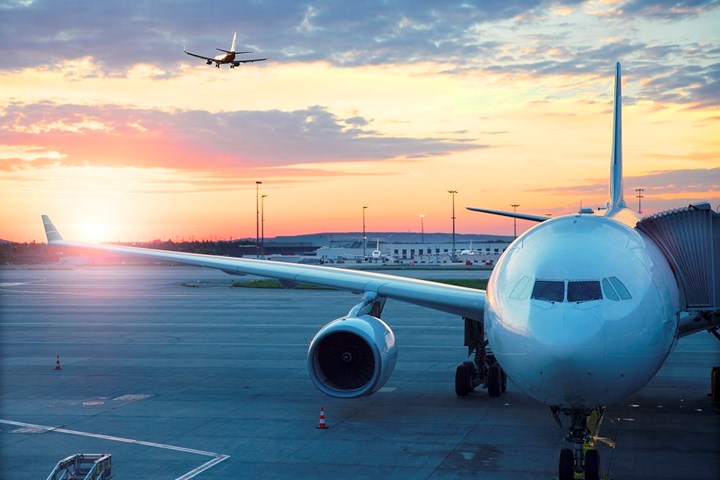



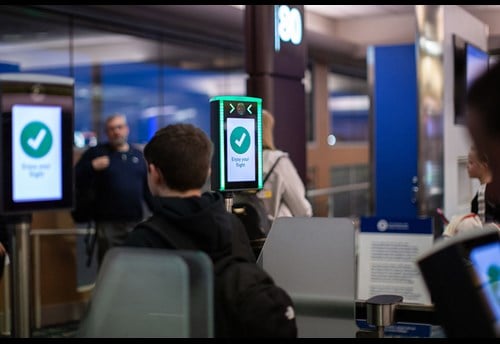
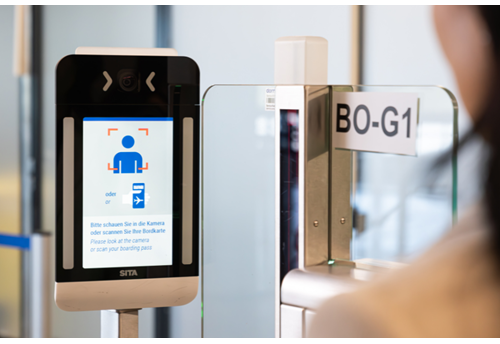
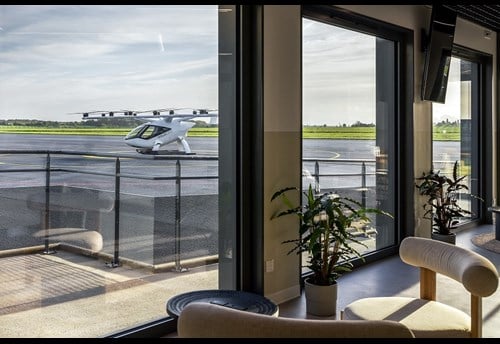
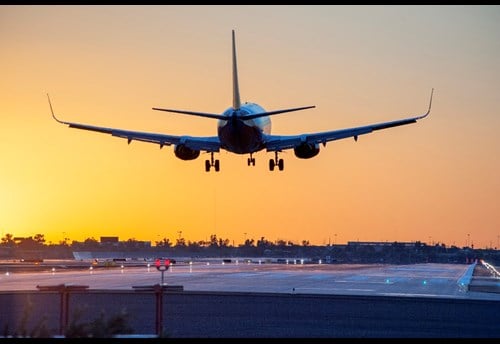
0 Comments